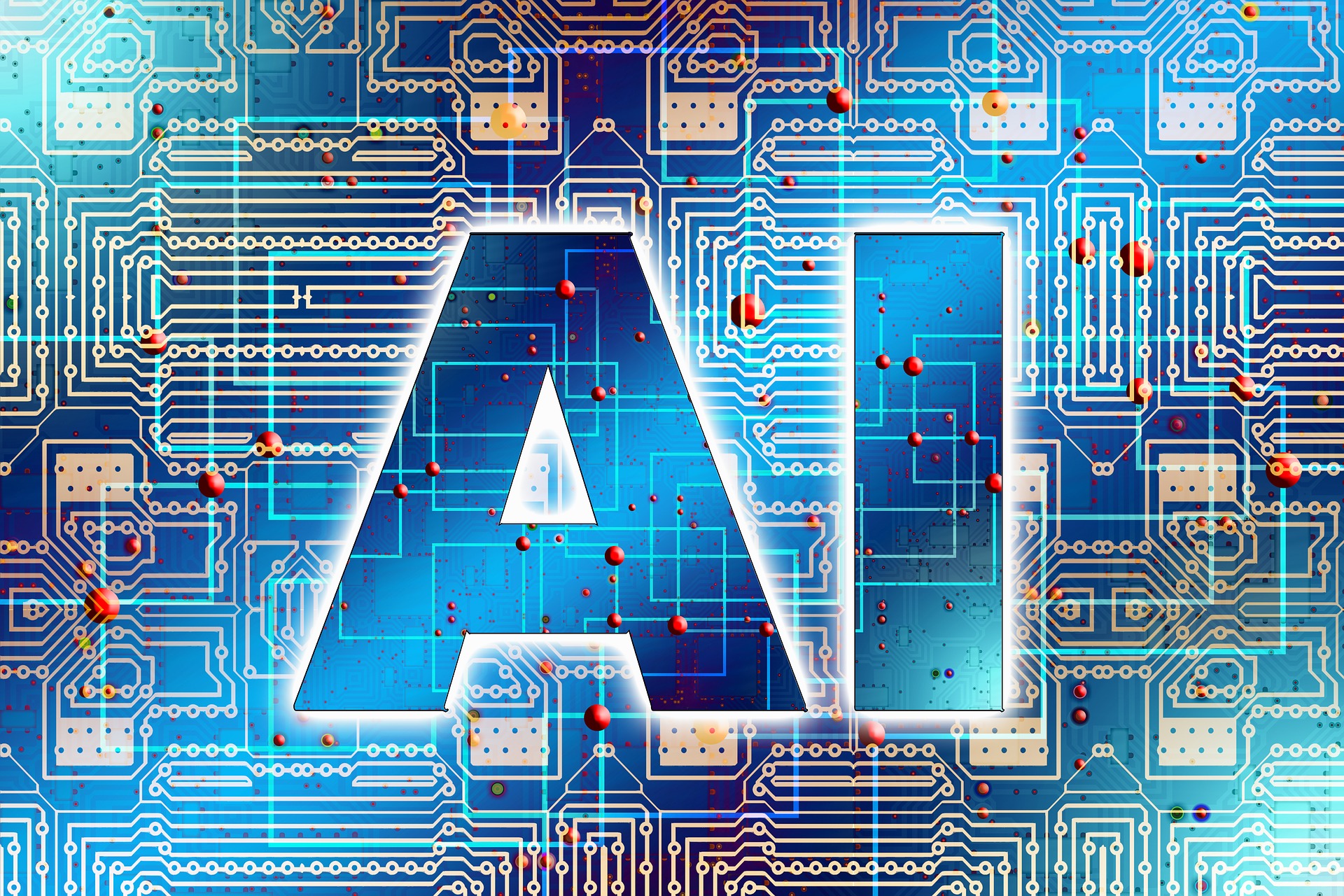Sustainable AI development practices aim to reduce the environmental impact of AI technologies and promote long-term sustainability. Here are some examples of sustainable AI development practices:
- Energy Efficiency: Designing energy-efficient AI algorithms and optimizing hardware infrastructure can significantly reduce the energy consumption of AI systems. This includes developing algorithms that require fewer computational resources, using low-power hardware components, and implementing power management techniques.
- Data Efficiency: Efficiently managing and processing data is crucial for sustainable AI development. This involves minimizing data storage requirements, employing data compression techniques, and utilizing data sampling or aggregation methods to reduce computational and storage needs.
- Model Compression and Quantization: Model compression techniques, such as pruning, quantization, or knowledge distillation, can reduce the size and computational requirements of AI models without significantly compromising performance. Compressed models consume less energy during training and inference and also reduce memory and storage requirements.
- Cloud Computing and Resource Sharing: Leveraging cloud computing platforms and shared resources can contribute to sustainability. Cloud providers can optimize their infrastructure for energy efficiency, allowing AI developers to access computing resources on-demand without the need for individual data centers or high-energy consumption hardware.
- Lifecycle Analysis: Conducting lifecycle analysis of AI systems helps identify potential environmental impacts throughout their entire lifecycle. This includes assessing the environmental footprint of AI hardware, data storage, training processes, deployment, and end-of-life disposal. The findings can guide improvements in sustainability practices.
- Green Data Centers: Building and operating energy-efficient data centers that host AI infrastructure can significantly reduce the environmental impact. Green data centers leverage renewable energy sources, implement efficient cooling systems, and optimize energy consumption through technologies like virtualization and server consolidation.
- Responsible Data Usage: Ensuring responsible data usage is a crucial aspect of sustainable AI development. This includes minimizing data collection, storage, and retention to reduce the associated environmental footprint. Also, data anonymization and privacy-preserving techniques can be employed to protect individuals’ privacy while utilizing data for AI development.
- Ethical Considerations: Incorporating ethical considerations into AI development helps address sustainability concerns. Ethical guidelines can discourage the use of AI technologies for environmentally harmful applications and encourage the development of AI systems that promote sustainability and contribute to solving environmental challenges.
- Collaboration and Knowledge Sharing: Encouraging collaboration and sharing of best practices among AI developers, researchers, and organizations fosters innovation and accelerates the adoption of sustainable AI development practices. Sharing insights, tools, and methodologies can help drive collective efforts toward sustainability.
By adopting sustainable AI development practices, we can minimize the environmental impact of AI technologies and contribute to a more sustainable future. It requires a holistic approach that encompasses energy efficiency, responsible data usage, ethical considerations, and collaboration among stakeholders in the AI community.
SHARE
